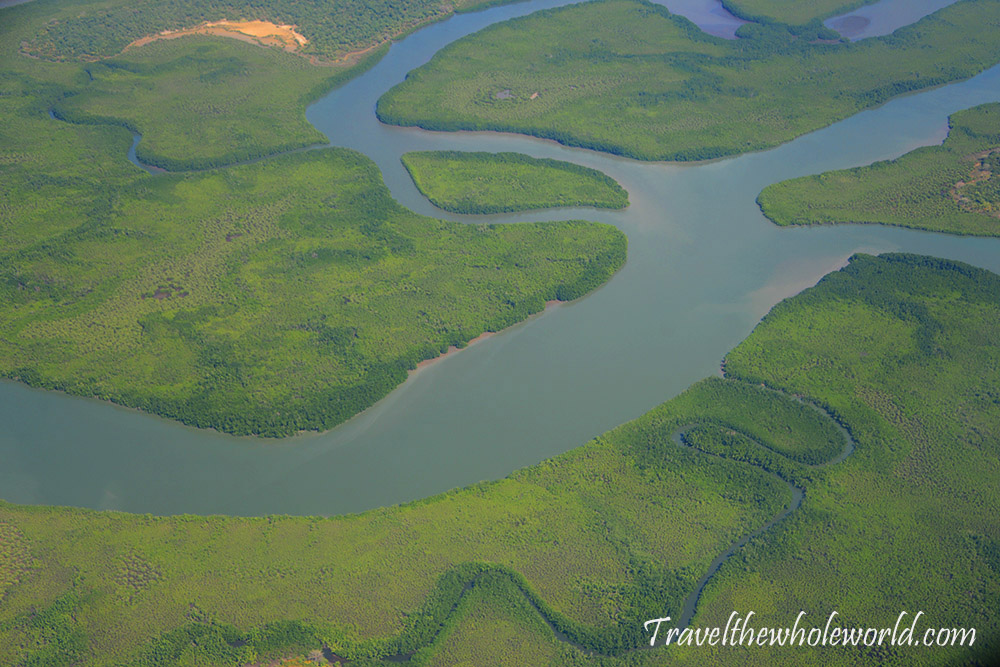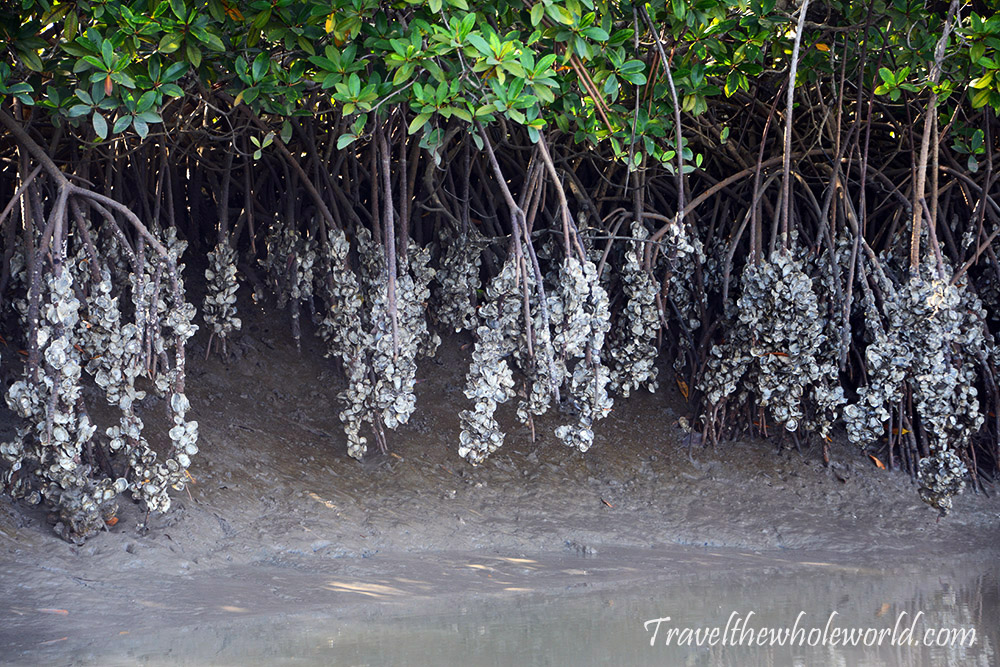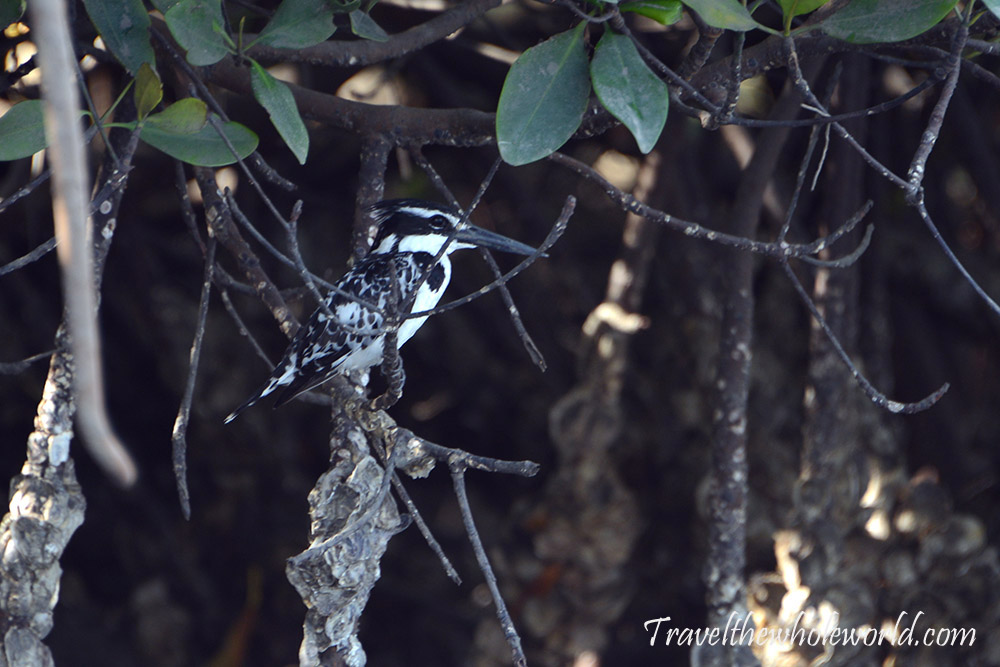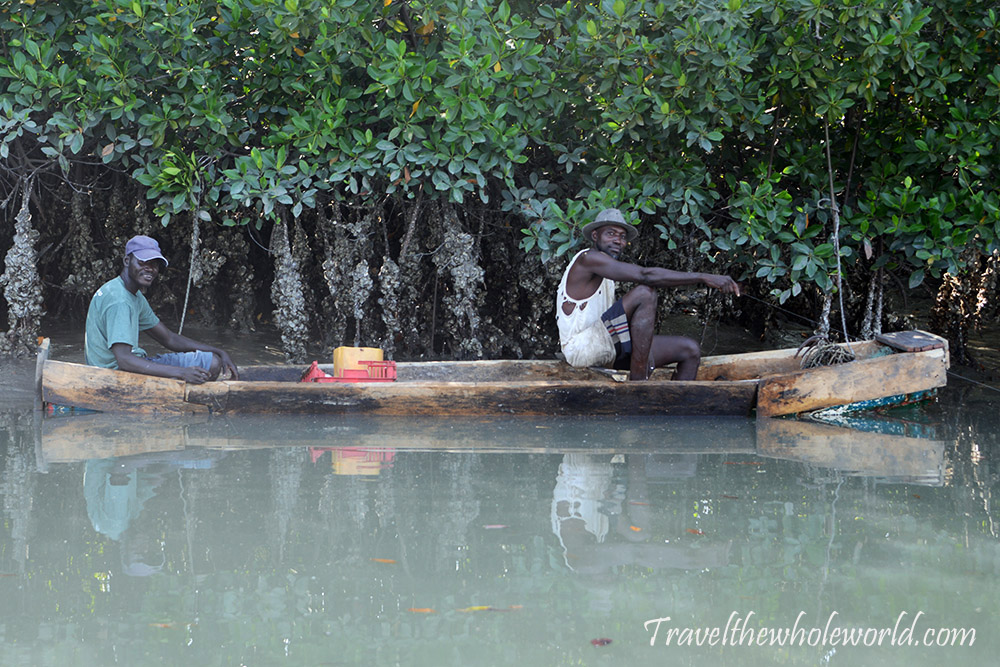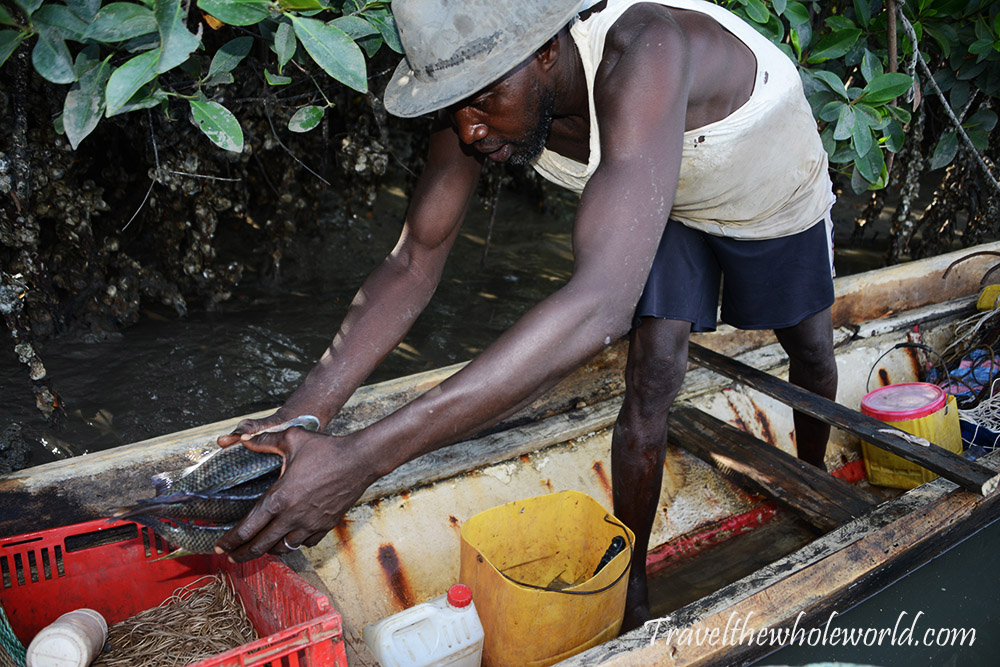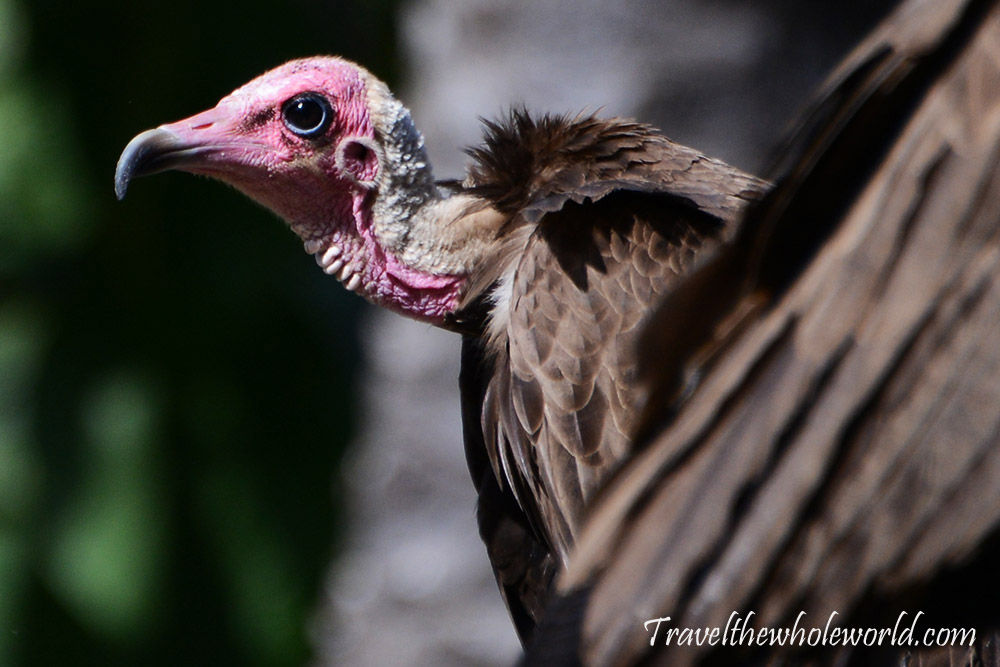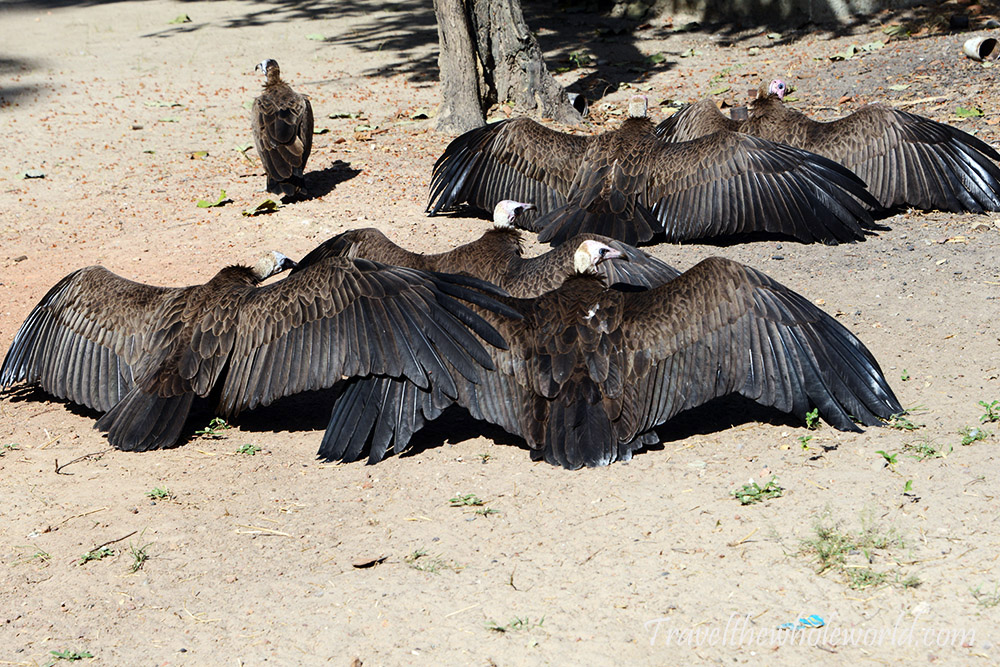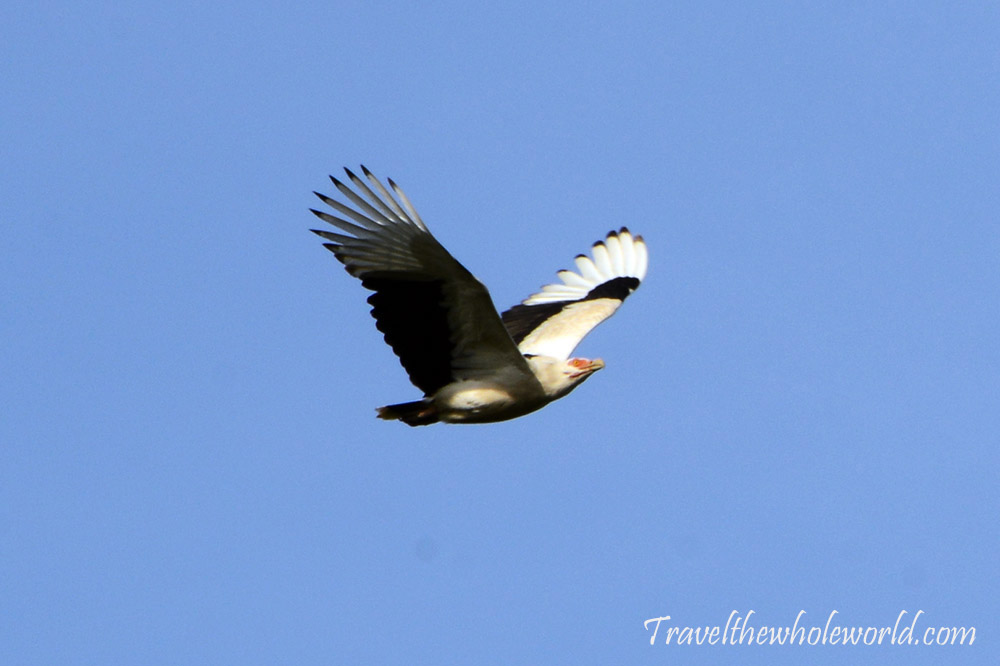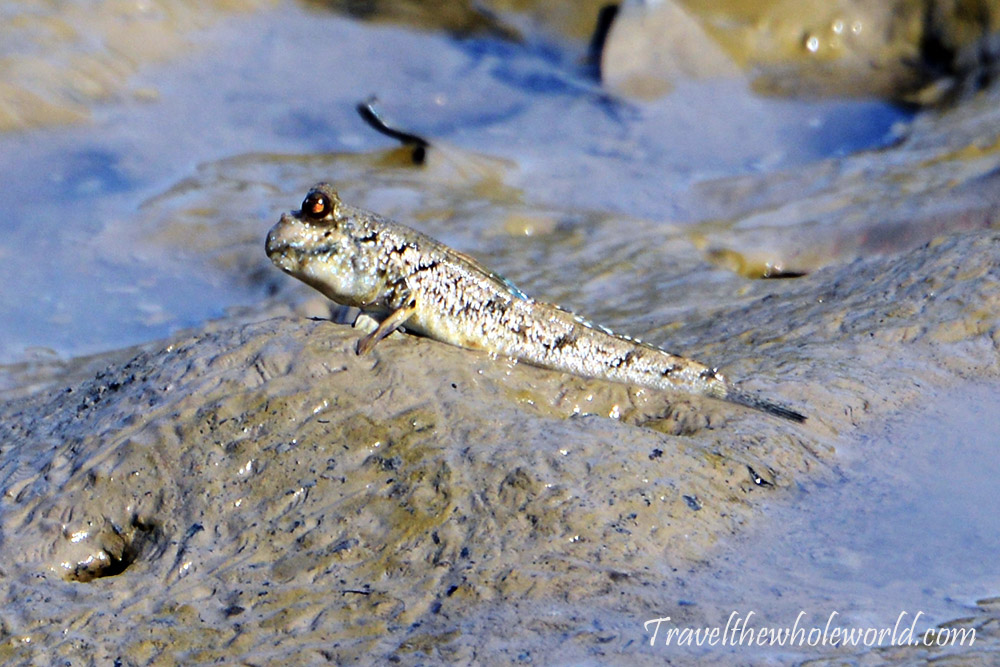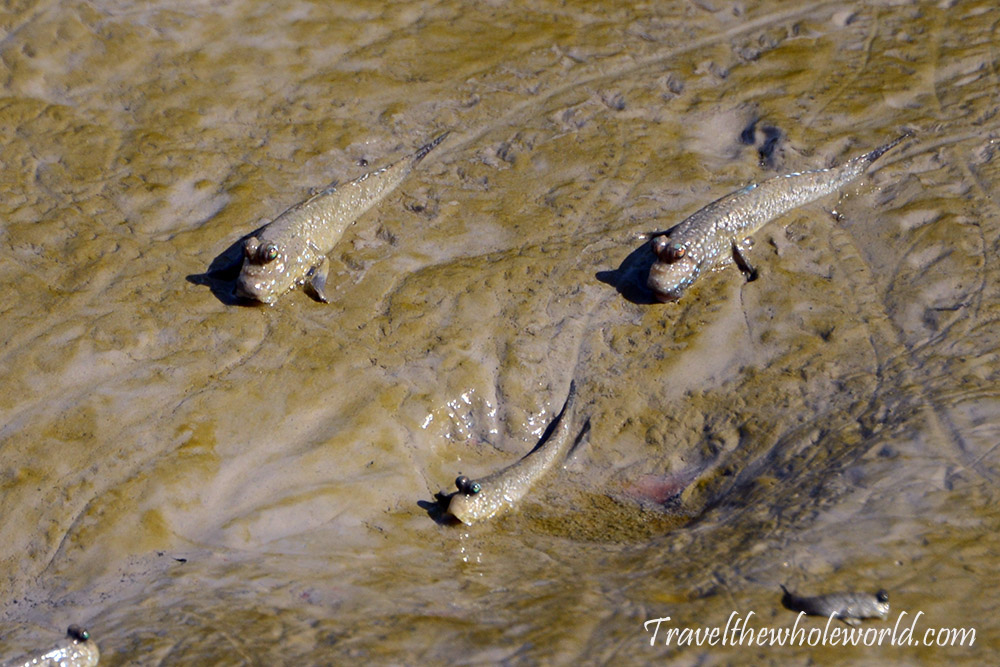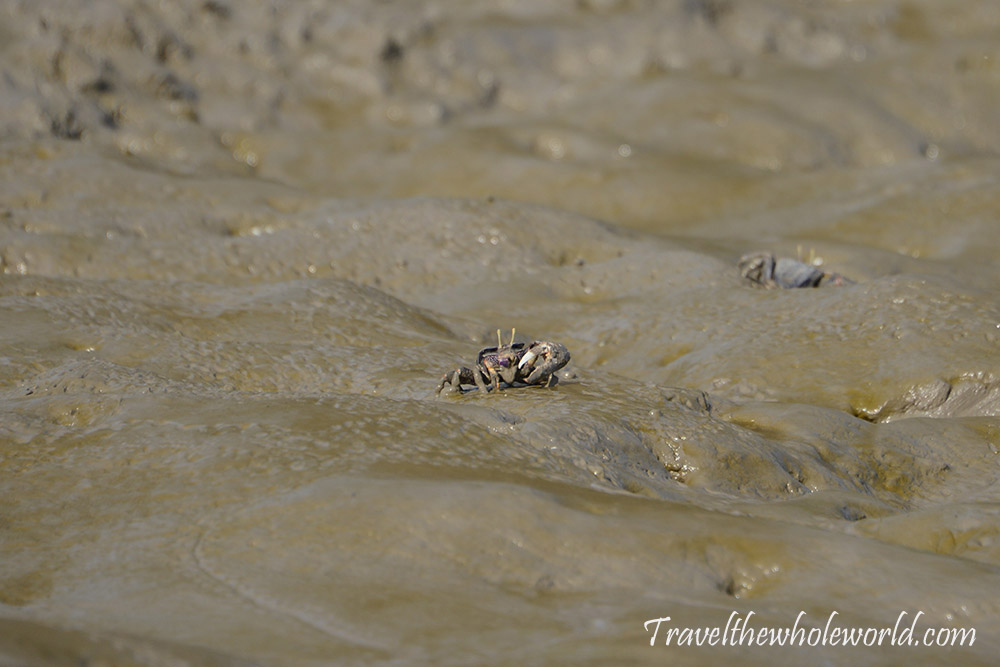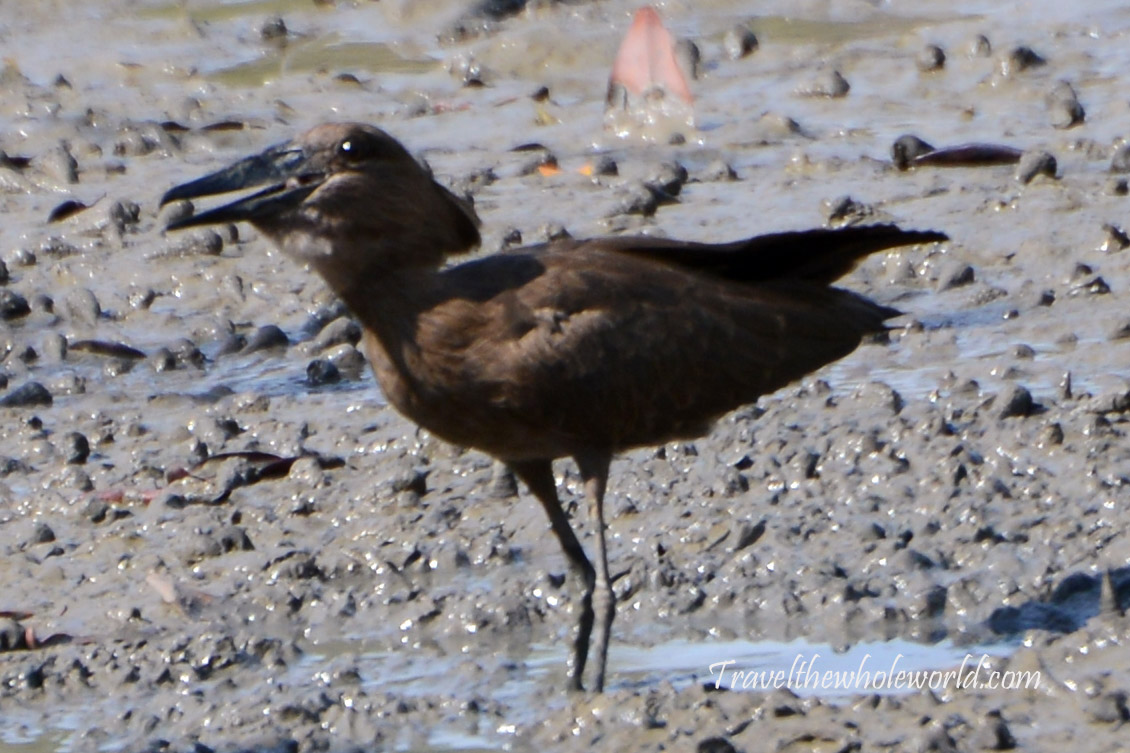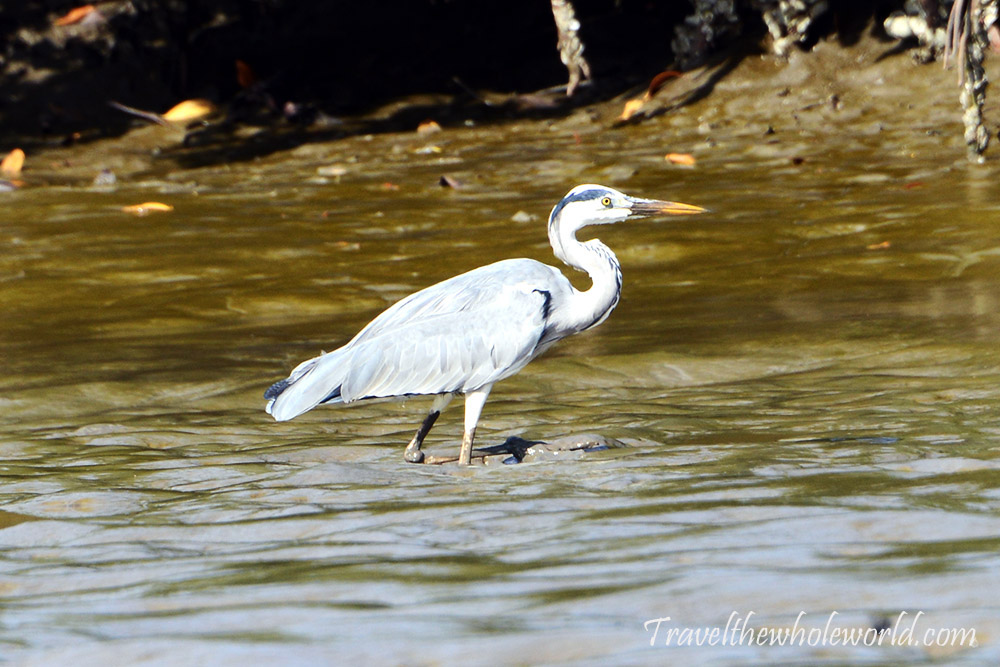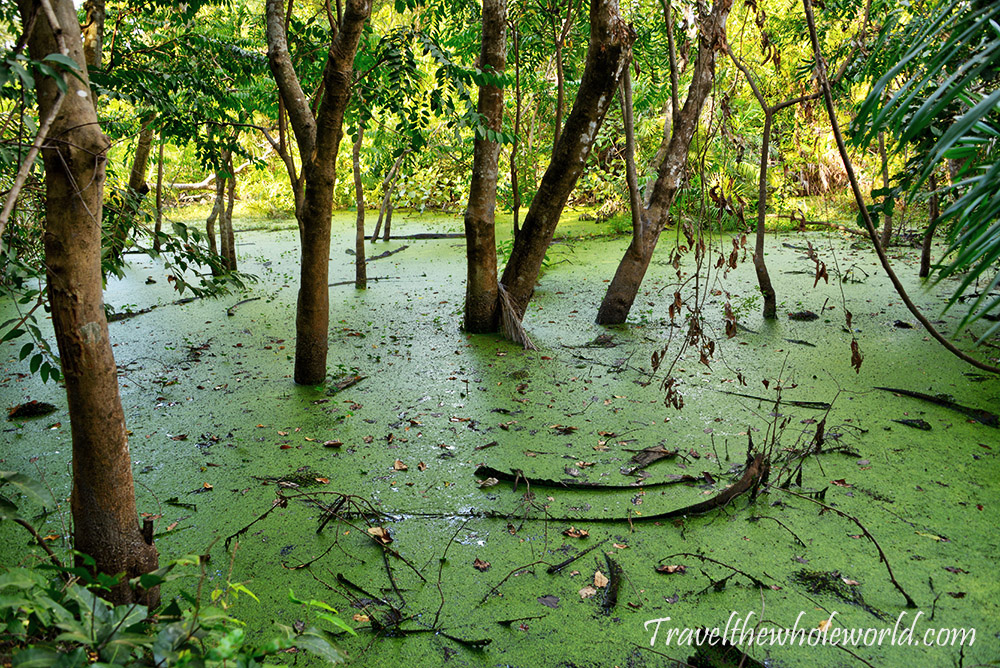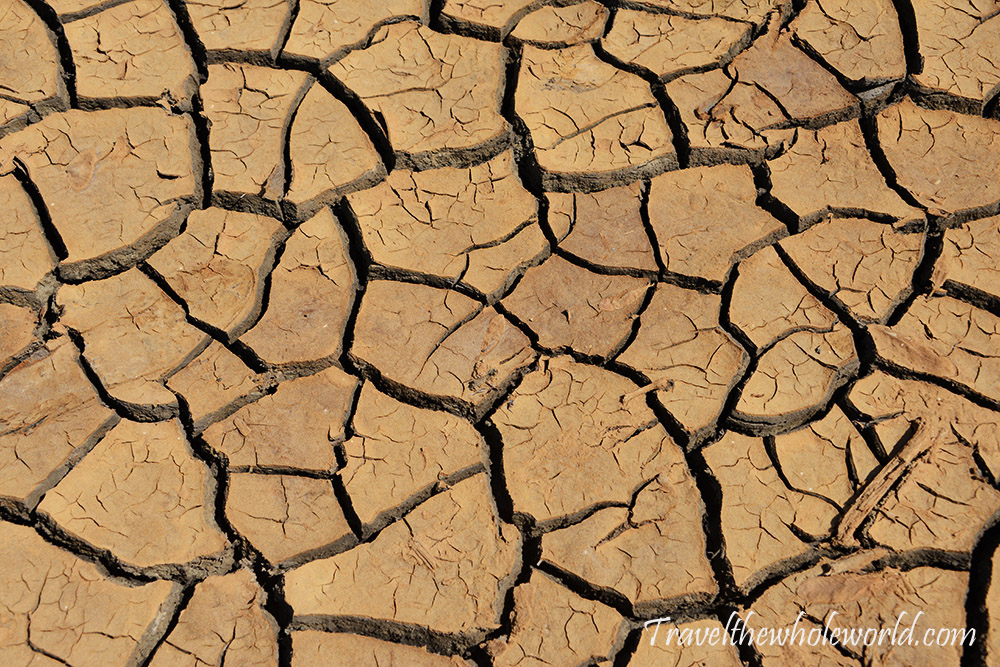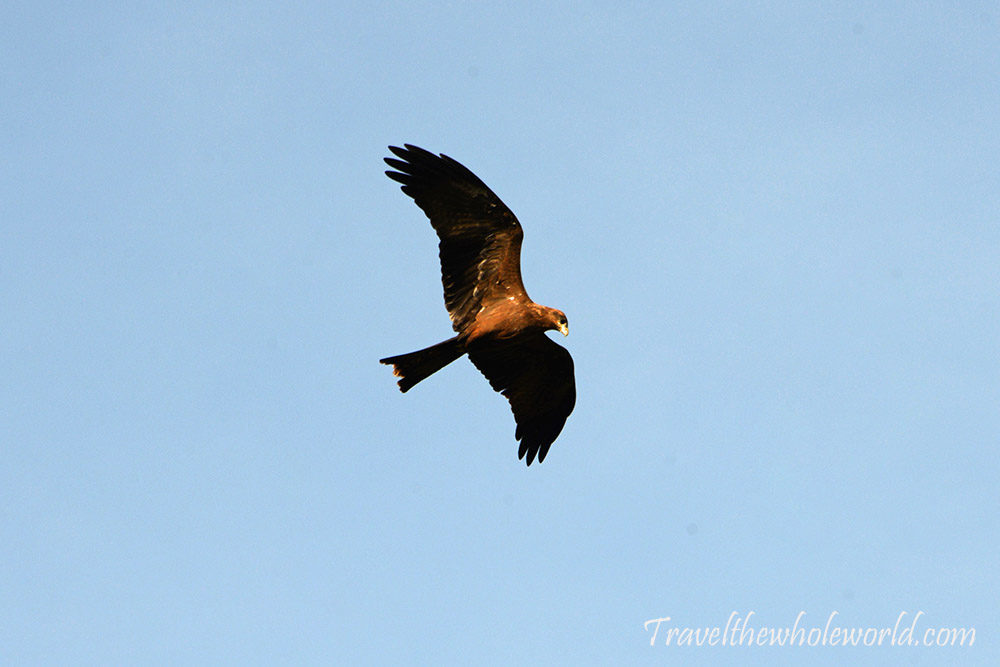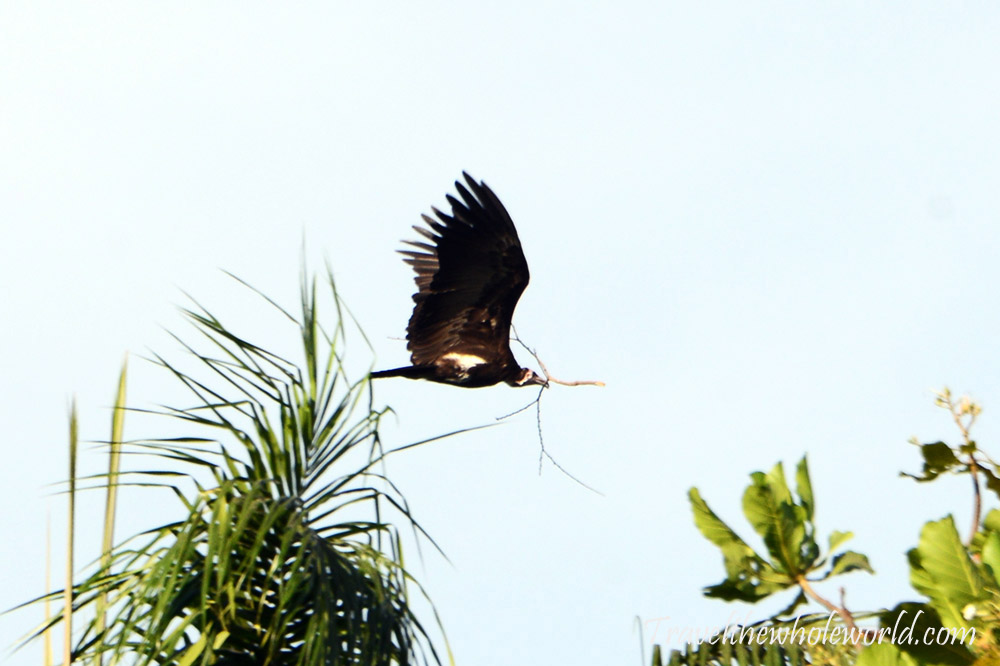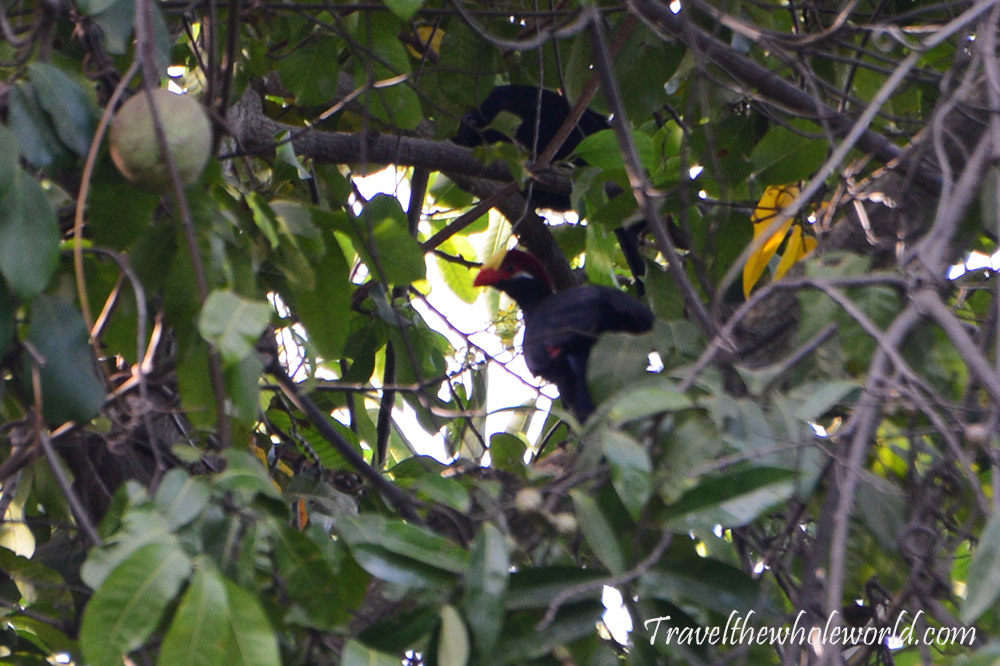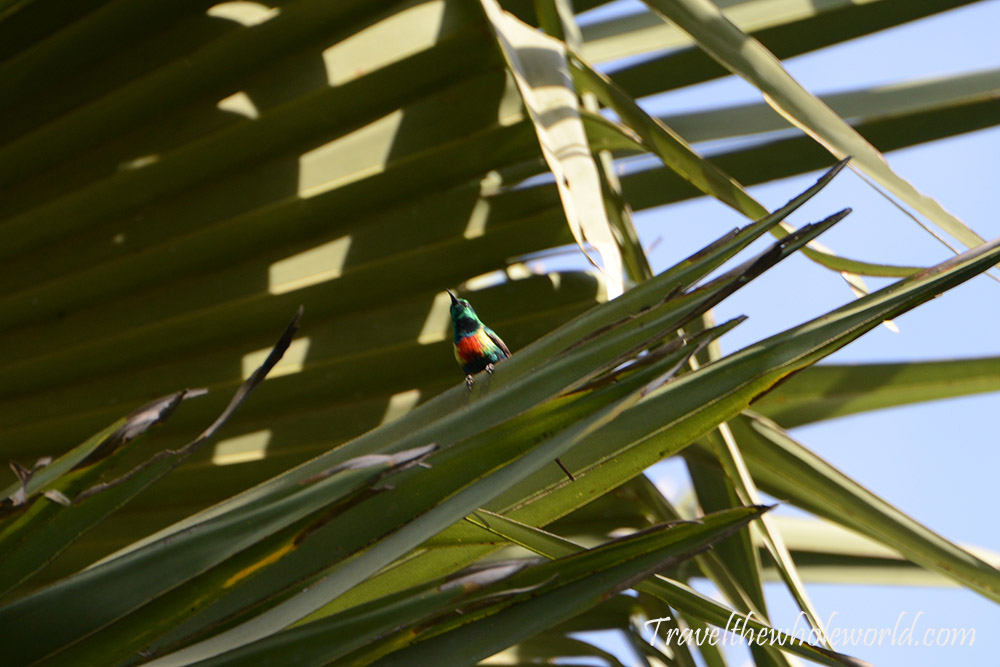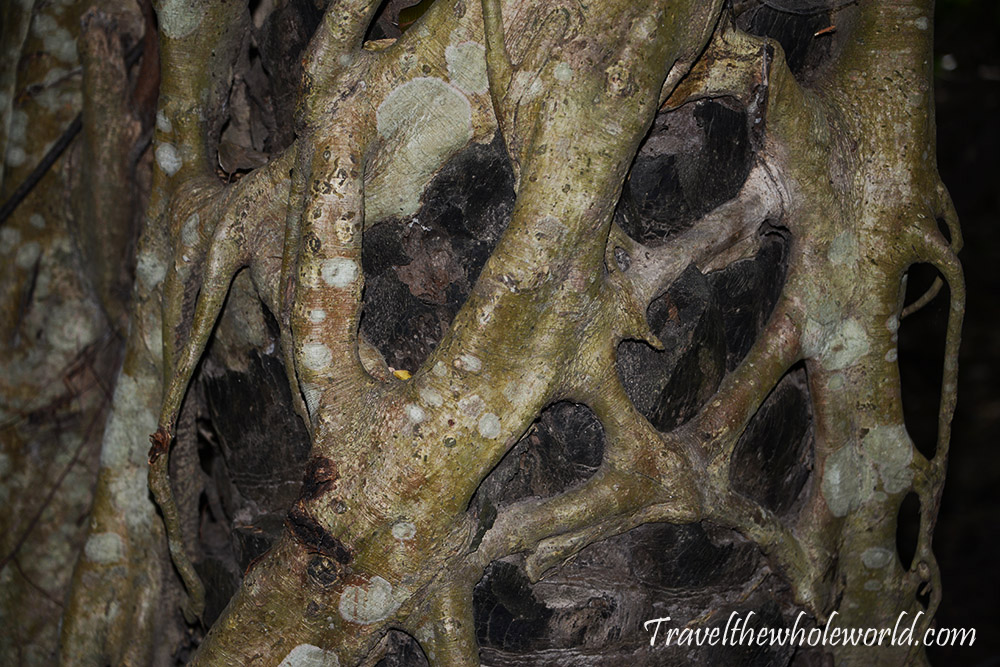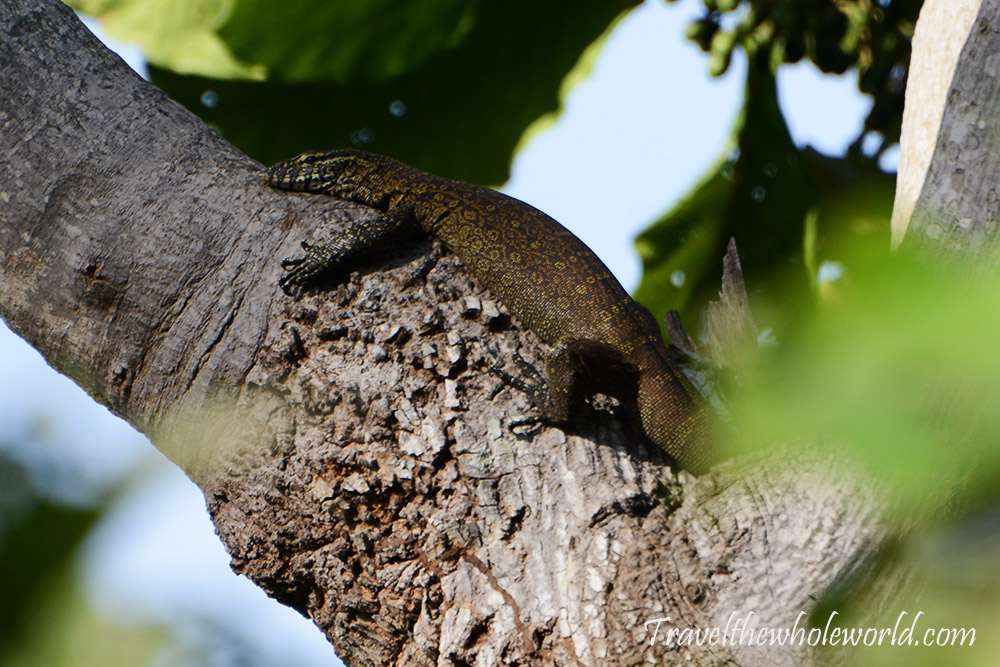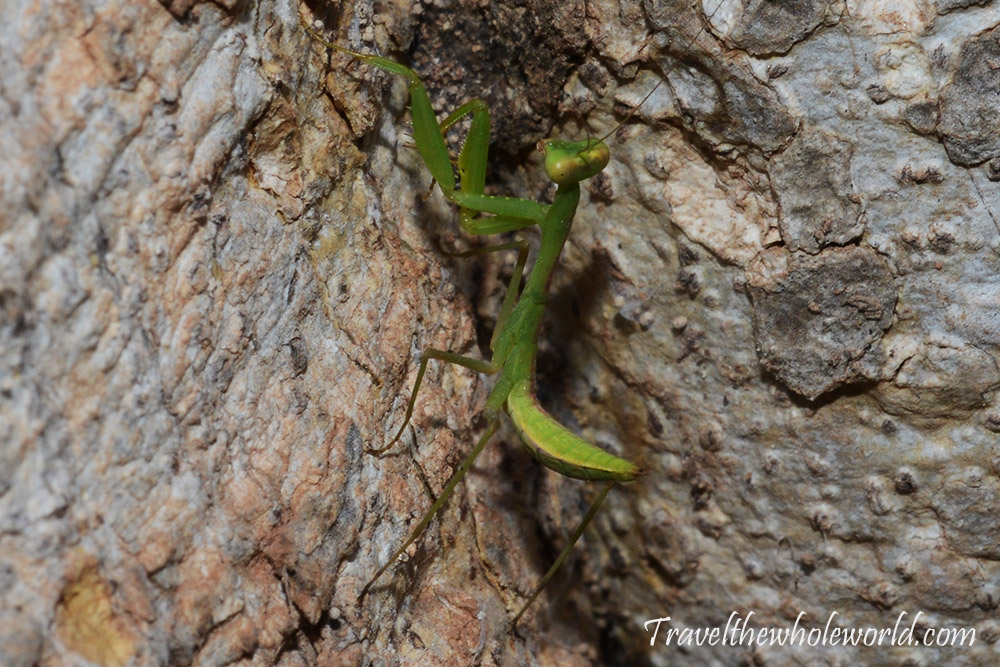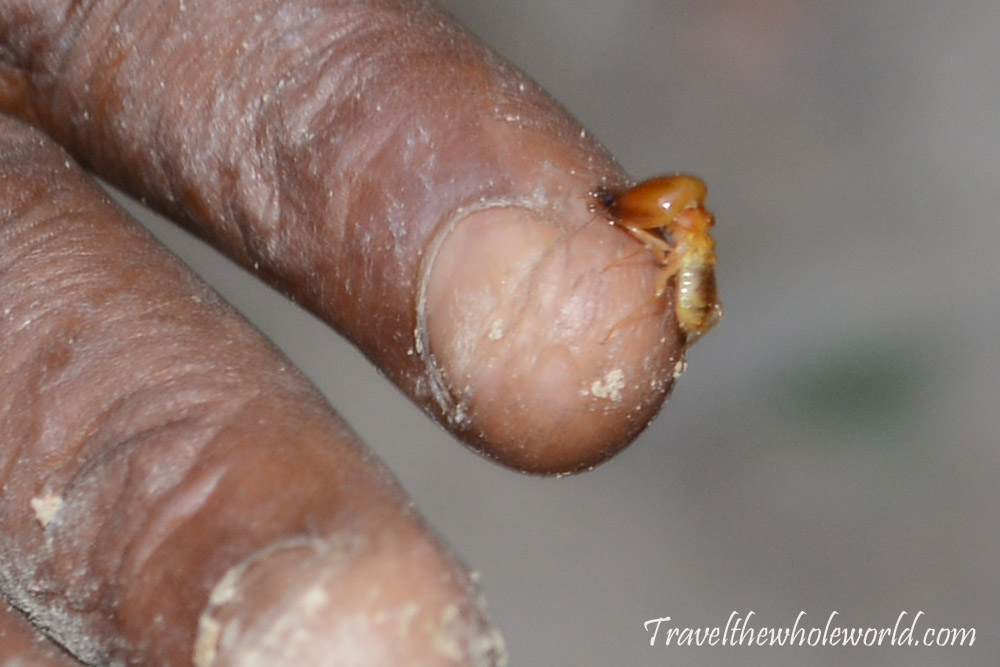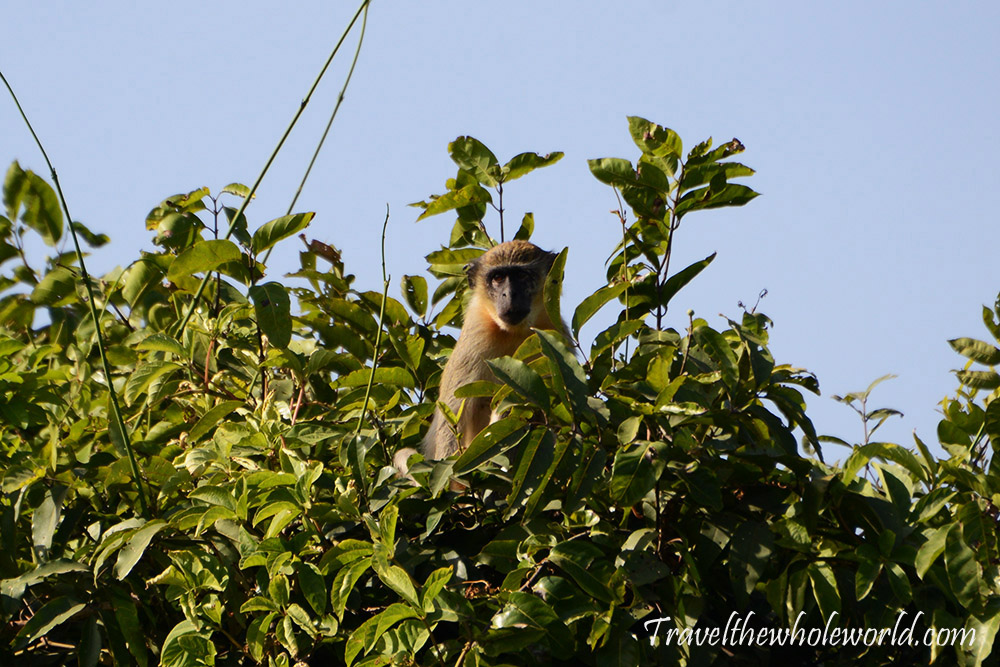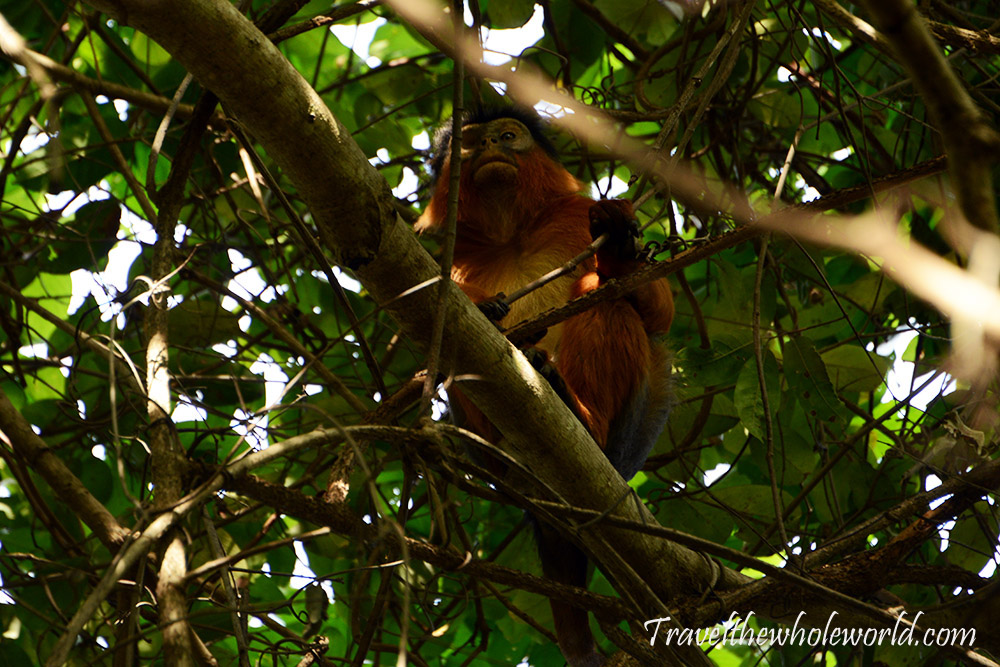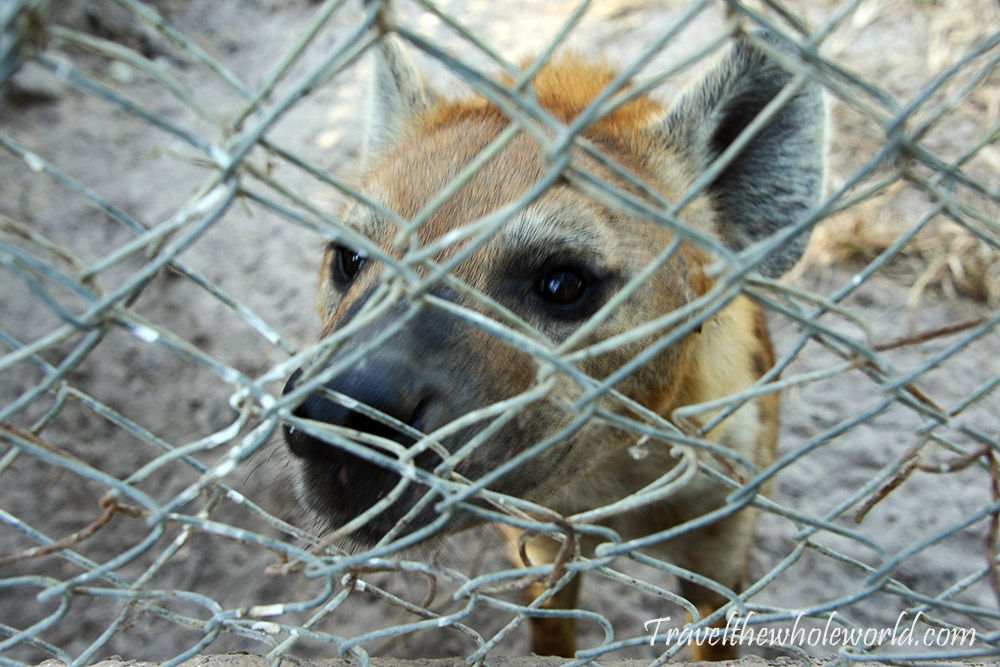Visiting the Gambia River Basin
The Gambian River Basin is a broad term, as essentially the entire country of Gambia could be considered the basin! In this case, I’m mostly referring the country’s great outdoors, where you can find vast areas of wilderness and wildlife. A visit to any of these areas away from the cities will take you to a variety of ecosystems. The further east or deeper into the basin you go the more wildlife and adventure you can expect to find. This photo is an aerial shot I took of the estuaries near the Atlantic, where the Gambia river finally empties itself into the ocean. The small inlets and creeks of the mangrove swamps create a maze of opportunity to explore.
It seemed that the entire Gambian river basin is made up of tidal mangrove swamps. I’ve seen several mangrove swamps in my life, but I don’t remember any being decorated by oysters. When the tide went out the oysters hung onto the roots of the trees like giant ripe grapes. Somewhere among the hanging oysters I spotted this Kingfisher below.
Right past the kingfisher I met these two nice guys who were fishing themselves. They were all smiles when we started talking and were nice enough to allow me to take their picture. Looks like they had caught a bunch of catfish as well as other species. I only saw one other small boat in the river where I was. I suppose deeper into the wilderness there will be less people, as you start to have the problem with crocodiles and hippos!
While some people work hard for their meals, other predators simple scavenge for it. There are several species of vultures in the Gambian river basin. This one photographed above is the hooded vulture. I made the mistake of assuming it was a well established bird throughout the continent, but while it does have a decent range it is listed as critically endangered. Surprisingly most of its population loss has been due to hunting. These vultures below seemed to make a shield when I approached them. I wasn’t sure if this was some Spartan tactic or if it had something to do with the sun which was also in my direction.
Like most people, I’m never too excited to see a vulture and don’t regard them as attractive looking birds. If I was to pick my favorite species, it’d likely be this palm nut vulture. I had never heard of them before, but not only are the much more attractive looking than most others, they also have a unique diet. Like all vultures, ultimately they will eat anything including carrion, but they stand out from other vultures because they primarily feed on fruits and nuts.
In all my travels, I think Gambia may have been the first time I ever saw a mudskipper. These things lined the muddy shores of the rivers and channels in the mangrove forested. They often made loud popping noises as we passed by and they seemed fairly shy. The only photos I was able to get of them were taken with full zoom. They’re unique since they swim with their tails like a fish but can walk on land with their two front legs. They are actually amphibians, but essentially half frog half fish!
The only friends the mudskipper seemed to have were crabs. Both these animals dominated the muddy shores of the swamps, and you could easily see hundreds of them as our boat passed through.
I figured the mudskippers didn’t have many enemies which was why their numbers were so high. Later on though, I passed this bird that was casually scooping them up one by one! The heron remains the most spotted animal for me around the world, and he was too far away to see what he was after but most definitely would be hunting mudskippers as well.
Since the mangrove swamps are brackish and fed by the ocean, they will of course always have water regardless of the time of year. Deeper into the forests however you can find some small inland freshwater swamps. One of them even had a small crocodile in it, but it was far away enough that I didn’t get any decent photos worth sharing. Other parts of the basin had receding shores and lakes that were completely dried up.
I assumed that being along the open rivers would be easier for bird watching, but surprisingly I saw a lot more in the forests areas. The bird above for sure is a kite, the nest building bird below was almost as large as a vulture, but I’m not sure the species.
Maybe one of the most prized birds to see in Gambia is the turaco. Although this is a terrible picture, I’m pretty happy to have seen the bird at all. It’s even more beautiful when flying by and displaying its colors under its wings. I was also lucky to see this but the bird was too fast for my camera. The photo below is a much smaller bird but another colorful one; the sunbird.
I’m not a botonist, but I could tell there was a huge variety of trees and plants in these woods. While many of them looked interesting, the one that caught my eye the most was this ‘strangle tree’. I actually believe it to be called the strangler fig tree, and of course it will eventually kill its host.
About 15 feet (4 meters) up on another tree, was this large monitor lizard. He didn’t seem to care that I was there, maybe because of his size and the distance. I had hoped to see some snakes, but those are usually some of the most difficult animals to find in the wild.
I’ve always liked praying mantises and was happy when I came across this young one in Gambia. I can’t imagine it was very old based on its size, but I was a bit disappointed by my photo, especially since I brought and even used my macro lens! The praying mantis landed on my shoulder when we were on a 30 minute ride. Somehow it actually stayed with me the entire time until I was able to try to photograph it. Most praying mantises are extremely nice, even large adults. The only other bug I photographed was this violent termite, who bit on to my friend’s finger after he agreed to sacrifice it for the photo. I suppose in the termite’s defense my friend had attacked its house.
I’ve seen vervet monkeys in other parts of the world, but it wasn’t until my trip to Gambia that I realized this subspecies only lives in West Africa. This is the green vervet monkey, with a range from Senegal as far south east as Ghana. I’m not really sure where the green in the name comes from, as they are usually distinguished from their golden tipped tails.
The green vervet monkeys seemed to be pretty popular in western Africa, but much harder to spot were these red colobus monkeys. These were shier than the green vervets, and are listed as critically endangered. Usually I could get fairly close to the green vervet monkeys, and there is a place in Serrekunda where they’ll take food from your hand. Meanwhile the red colobus monkeys will usually run away when they spot you from a distance, or at least run up a tree like this one did.
And lastly, here is the spotted Hyena, which is also the national animal of Gambia. There was a small area I came to in the park that had a small zoo with a few hyenas, birds and monkeys. This was the only photo I took of any of the caged animals, and all other animals on this page were wild and spotted by chance. It’s probably best to have an encounter with a hyena like this versus up close and personal in the wild. I have of course seen them many times in my travels, but I was close enough to this one that I dared to touch his nose. I had absolutely no idea how huge hyenas were until this experience. While lions are four or five times bigger than a large dog, they are only twice as size as a hyena by weight!
